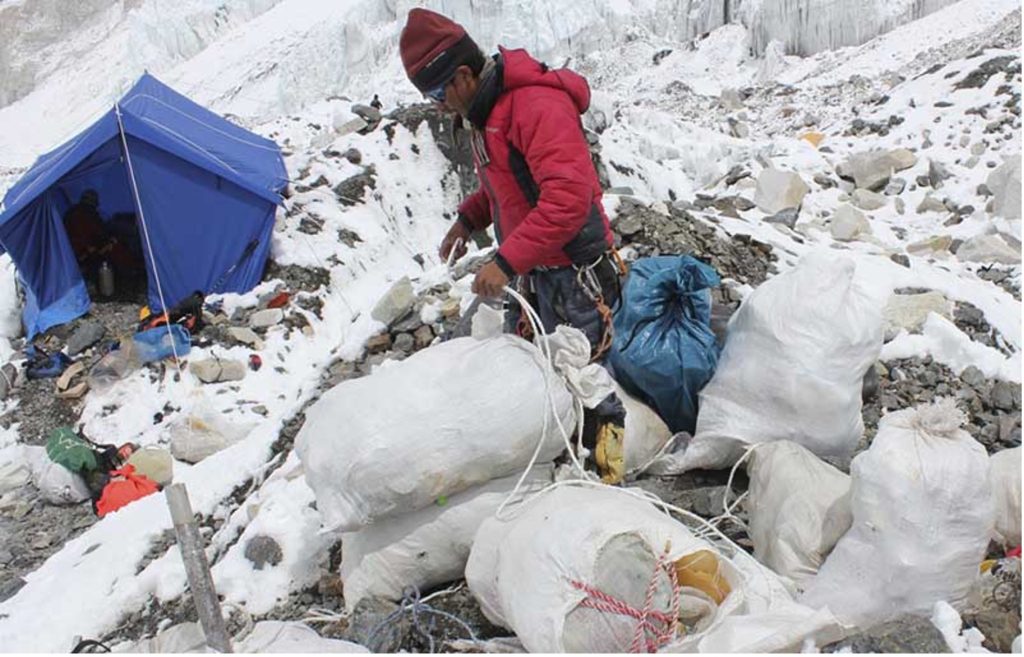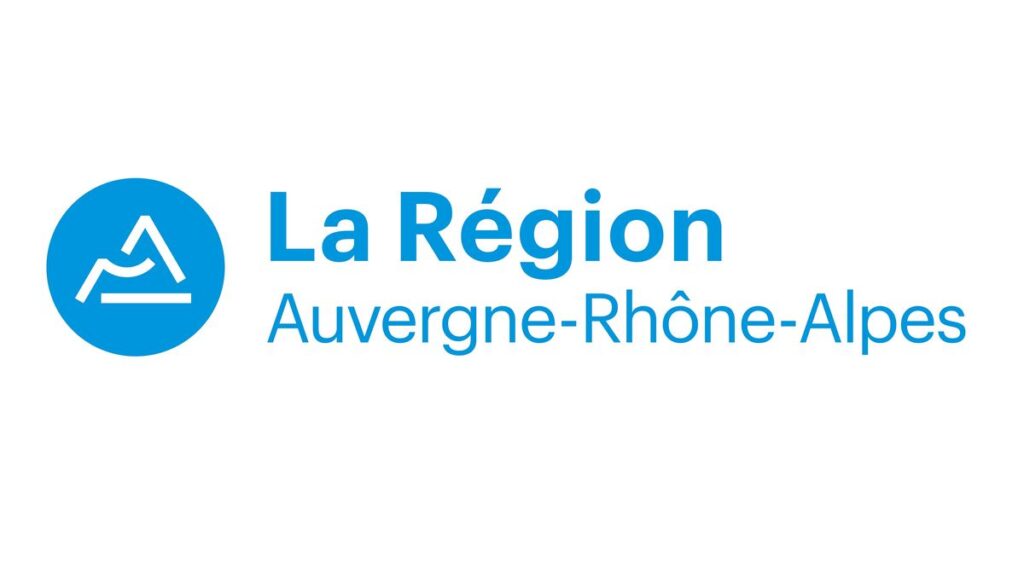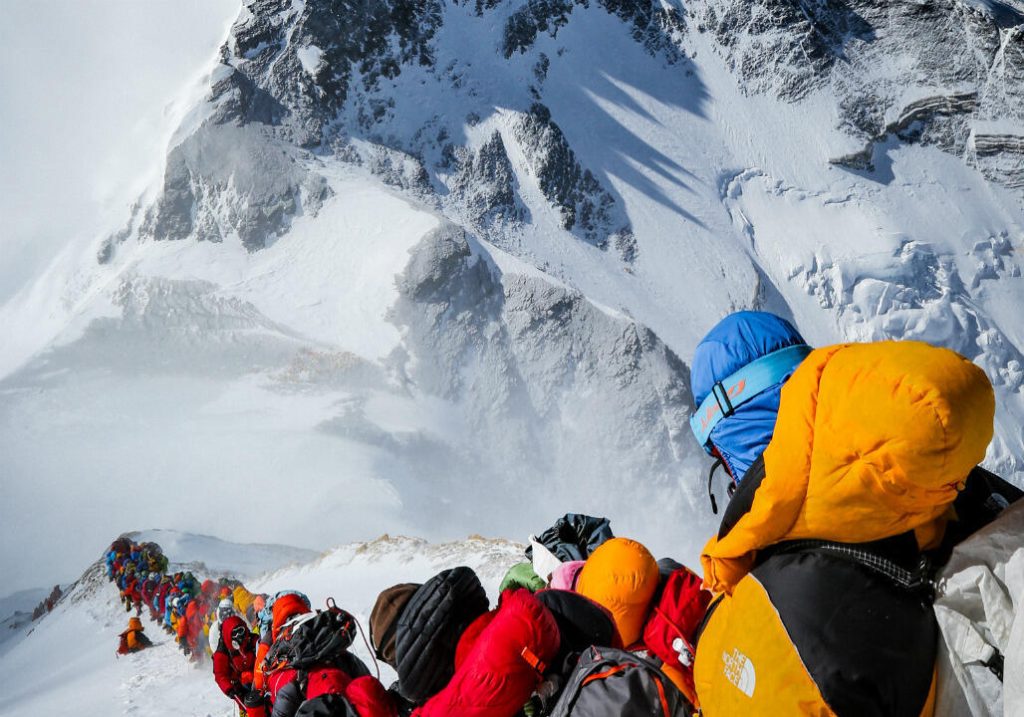“A hobby for the wealthy”
With the rise in popularity of Everest climbing, tourism agencies saw a lucrative opportunity and made the climb more accessible by offering a complete service to customers. These agencies offer services such as obtaining permits, organizing the trip, supplying oxygen cylinders, and providing Sherpas to guide clients, help them with their equipment and install the necessary gear, such as ladders and ropes. However, this approach has led to a degradation of traditional mountaineering, with tourists transported without any real experience or skills required for such an expedition. The total cost of such an undertaking usually runs to a minimum of 50,000 euros, or even up to 1.2 million euros for some projects, making it a pastime reserved for the very wealthy. The profile of climbers has thus evolved from seasoned mountaineers to neo-adventurers in search of thrills.
The significant increase in visitor numbers has also exacerbated the risks and dangers associated with climbing Everest. Indeed, the growing number of climbers has been striking, with an increase of 64% between 1990-2005 and 2006-2019. Over these 15 years, more than 2,200 climbers attempted to reach the summit between 1990 and 2005, while this number climbed to over 3,600 for the period 2006-2019. The consequences are far-reaching, including traffic jams on the trails leading to the summit. This is a serious problem, endangering the lives of climbers and jeopardizing the safety of the expedition.
Everest: a pillar of Nepal’s economy
Mount Everest, now a must-see destination for many adventurers, is at the heart of Nepal’s thriving economy. An entire ecosystem has grown up around this icon of mountaineering, generating substantial revenues for the country. Tourism companies, Sherpas and local villagers all benefit from this lucrative activity.
The permit to climb Everest is now a significant source of revenue for the Nepalese government. It now costs around $11,000, down from $18,000 previously. This has helped attract more climbers, contributing to the development of mass tourism. During 2017-2018, Nepal generated $643 million from tourism, representing around 3.5% of its gross domestic product (GDP).
Despite a recent series of tragic accidents on the mountain, the Nepalese government has not questioned the distribution of many permits in recent years. This reluctance may be due in part to the economic impact of tourism, which plays a vital role in a country where almost a quarter of the population lives below the poverty line. In 2015, discussions about banning ascent for certain categories of people had been mooted but were shelved due to the profits generated by this thriving industry.
However, there are now calls for more responsible management, taking the example of Argentina, which meticulously supervises the issuing of permits for Aconcagua.
So, while climbing Everest remains a major economic challenge for Nepal, it also poses significant challenges in terms of responsible tourism management and preservation of the region’s fragile environment. Striking a balance between economic development and the protection of Everest’s exceptional natural heritage remains a crucial challenge for the Nepalese authorities.
Towards a Waste-Free Everest: Taking action to save the Himalayas
Climbing Mount Everest, a dream for many mountaineers and adventurers, has turned into an ecological nightmare. Visitors flock to the Himalayan peaks, but unfortunately, they leave behind a trail of waste that threatens the natural beauty of this iconic region.

https://www.francetvinfo.fr/en-image/en-images-l-everest-poubelle-d-altitude_2806307.html
Around the base camps, cans, bottles and abandoned climbing gear litter the ground. This alarming situation has forced the Nepalese government to act. Since 2014, every traveler has been required to bring back 8 kilos of Everest garbage. But this measure is not enough to contain the pollution, as evidenced by the “Clean Everest” initiative led by French mountaineer Marion Chaygneaud-Dupuy in 2019. During this initiative, she brought down 8.5 tons of waste from the summit, much of it frozen human excrement.
Tourism generates over 250 tons of waste every year, affecting not only Everest Base Camp and the perilous “death zone”, but also the villages and local communities historically settled in the Khumbu Valley long before the arrival of mass tourism.
New initiatives to raise awareness of waste problems
Faced with this growing problem, a local initiative called “Sagarmatha Next” was born. Led by a non-profit NGO and supported by locals, the initiative has given rise to the world’s highest museum. Located at an altitude of 3,775 meters, the museum raises awareness among the tens of thousands of travelers visiting the region. The result of the “Saving Everest” clean-up expedition, the museum is the fruit of collaboration with local organizations such as the Sagarmatha Pollution Control Committee (SPCC) and the support of companies such as Dell Technologies. The center exposes environmental issues and features an art gallery and laboratory exploring new ways of transforming waste into art.

Raising visitor awareness is essential, but it doesn’t solve the litter problem on its own. That’s why the “Carry Me Back” project was launched. This project provides tourists with bags filled with waste collected in the mountains and crushed. On their return journey, tourists can take a bag weighing less than a kilo, or as much as they wish, and drop them off further down the valley, where they will be taken to recycling centers in Kathmandu. The emptied bags are then taken back up the mountain to be refilled with crushed waste and transported by new travelers, creating a circular system that reduces the amount of waste present on Everest and encourages more responsible tourism.
Although steps have been taken to raise awareness and act against pollution on Everest, the problem persists. In the face of criticism over the management of climber numbers, Nepal’s Ministry of Tourism denies any responsibility for the tragic deaths that have occurred recently, preferring to attribute them to factors such as delayed rope repairs and ill-timed ascent decisions.
Preserving Everest and other iconic natural sites is a major challenge for governments and travelers around the world. Faced with the influx of tourists, some places have taken radical measures, such as banning access to Mount Uluru in Australia, or temporarily closing the mountain to the public.










